PPT-7 March 2013
Author : pasty-toler | Published Date : 2016-09-06
Selecting the best targets for JWST My personal journey as a MIRI team scientist Margaret Meixner STScI JHU March 7 2013 Hubble Science Briefing Hubble Science
Presentation Embed Code
Download Presentation
Download Presentation The PPT/PDF document "7 March 2013" is the property of its rightful owner. Permission is granted to download and print the materials on this website for personal, non-commercial use only, and to display it on your personal computer provided you do not modify the materials and that you retain all copyright notices contained in the materials. By downloading content from our website, you accept the terms of this agreement.
7 March 2013: Transcript
Download Rules Of Document
"7 March 2013"The content belongs to its owner. You may download and print it for personal use, without modification, and keep all copyright notices. By downloading, you agree to these terms.
Related Documents

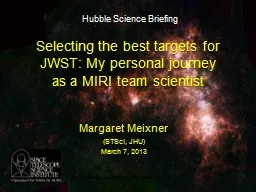

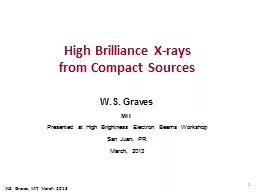

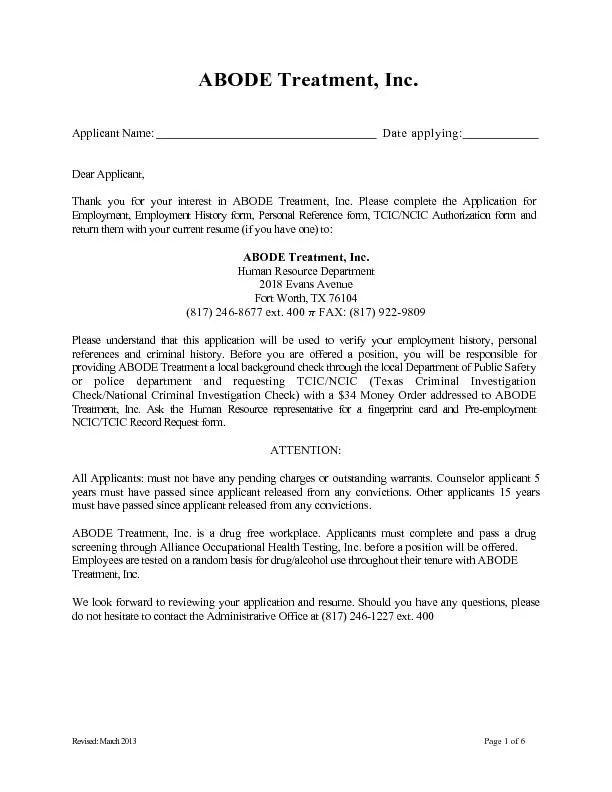
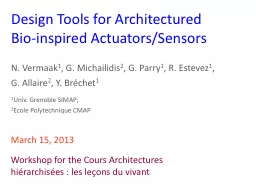
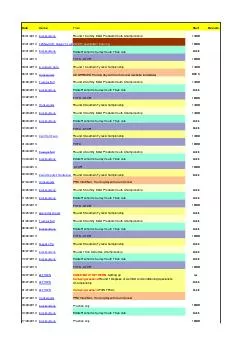

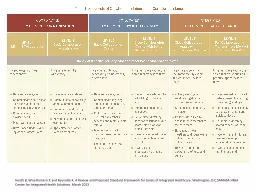
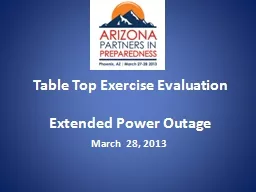
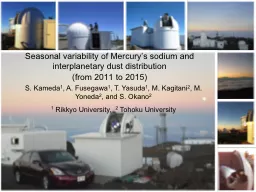

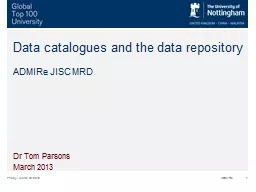
![[Science] Special Issue | 29 March 2013 Cancer Genomics](https://thumbs.docslides.com/777634/science-special-issue-29-march-2013-cancer-genomics.jpg)